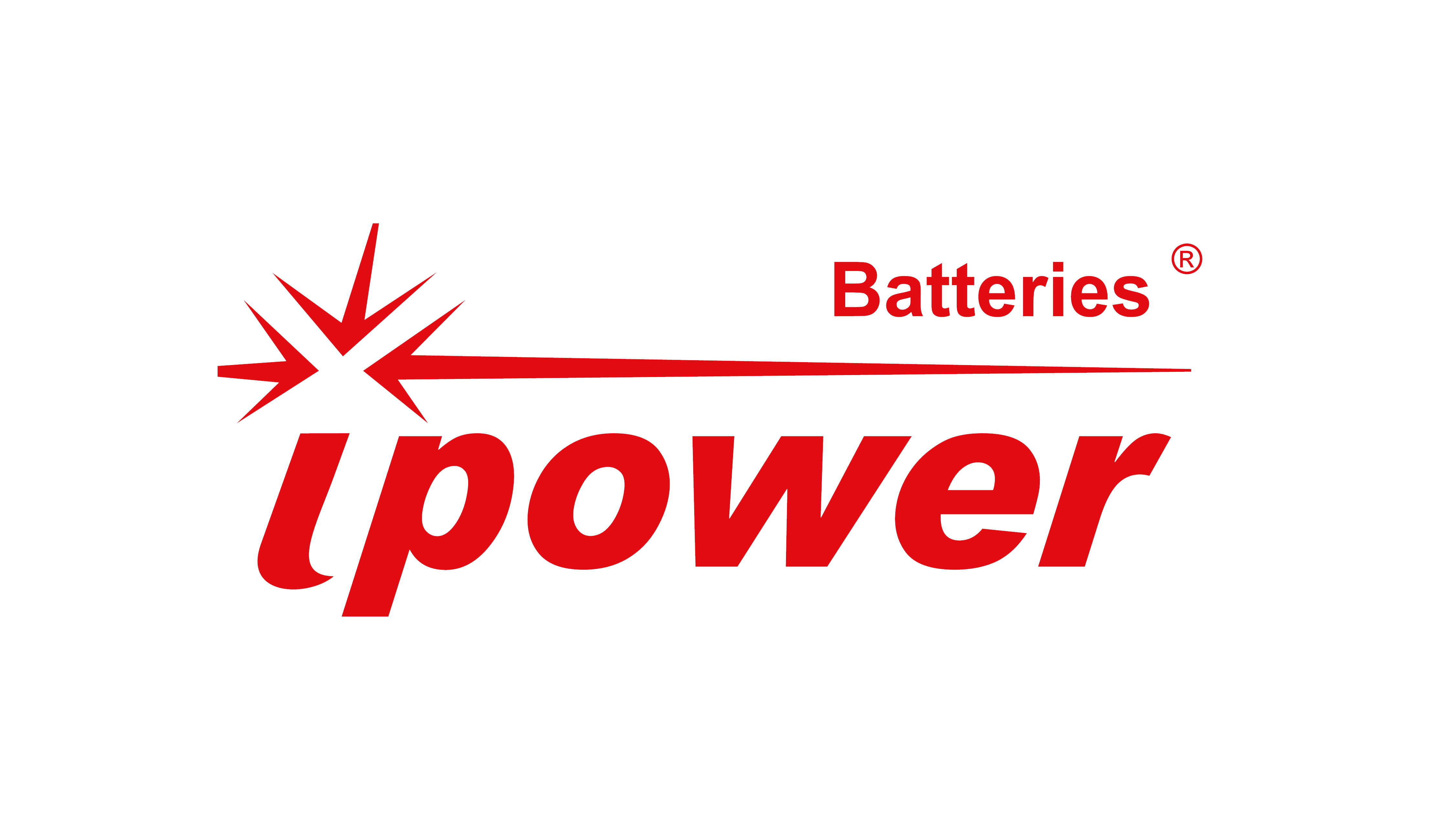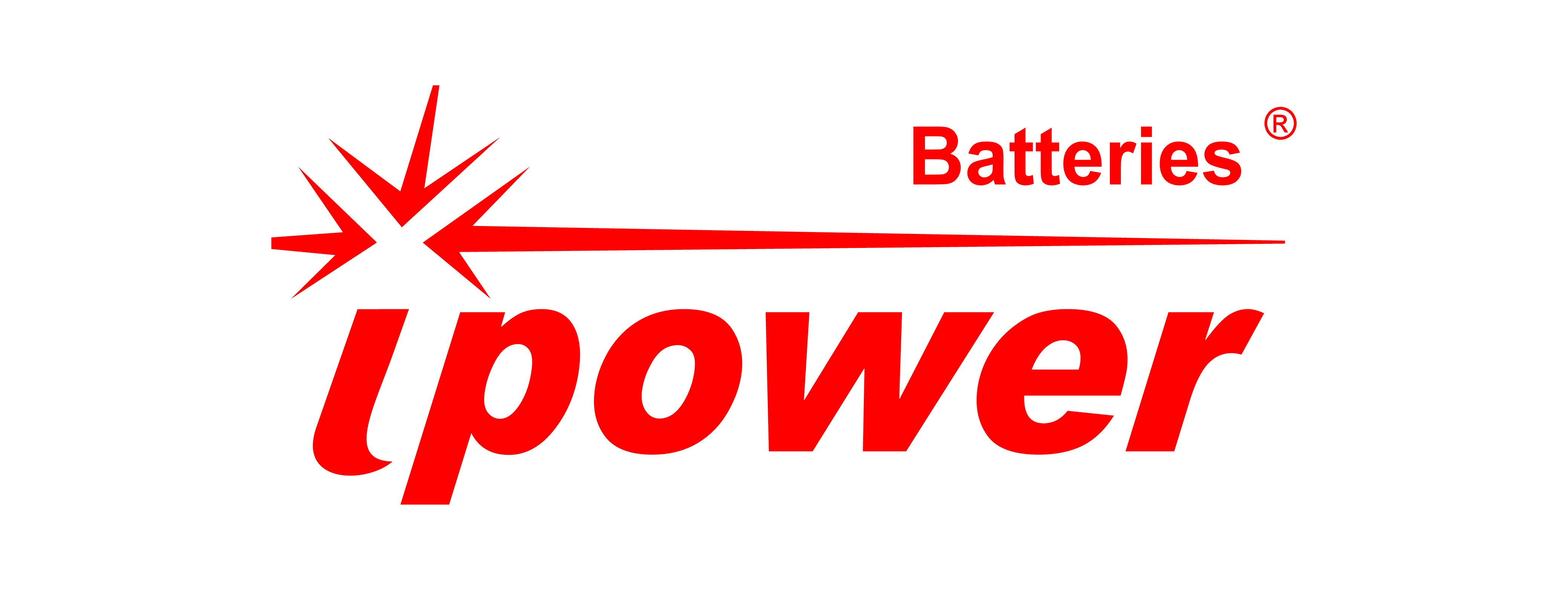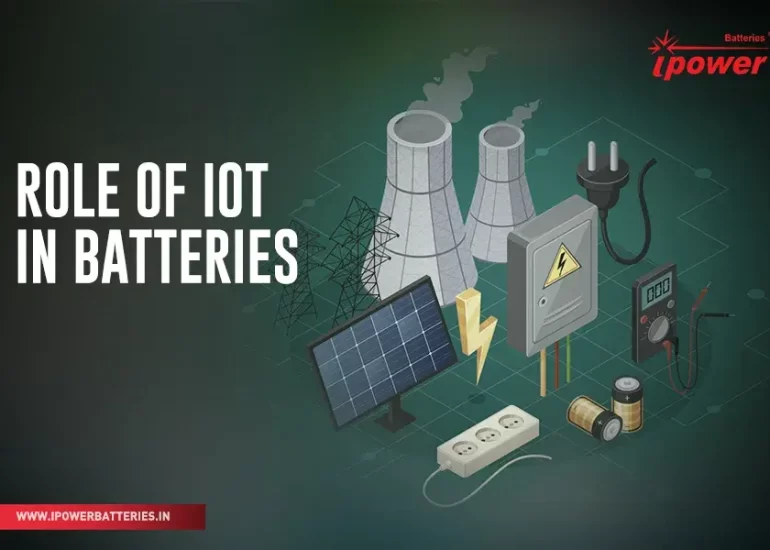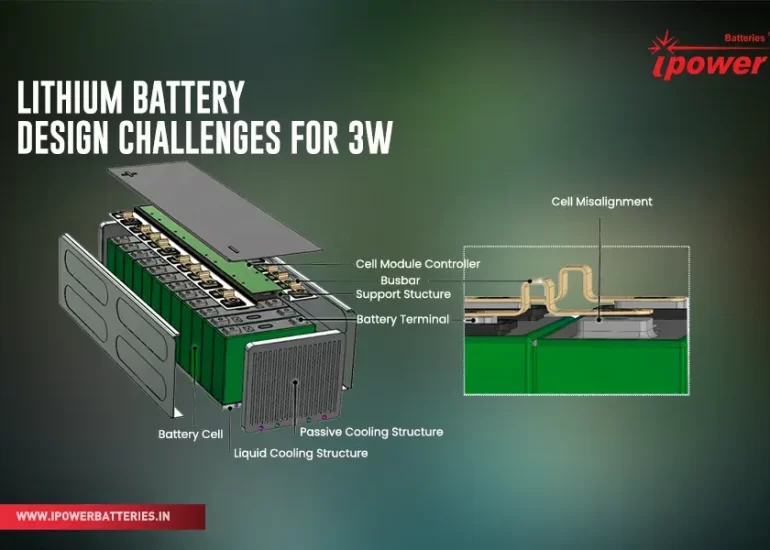Batteries, integral to the functioning of devices like electric vehicles, laptops, smartphones, and solar panels, consist of multiple cells storing and delivering electrical energy. Joining these cells requires welding, and two prevalent methods in battery applications are spot welding and laser welding.
Let’s delve into a comparative analysis of these welding techniques, considering their principles, advantages, disadvantages, and applications.
Spot Welding
Spot welding, a form of resistance welding, employs two electrodes to apply pressure and electric current, generating heat at contact points that melt the metal, forming a weld nugget. This method is commonly used for connecting thin metal sheets, such as tabs and busbars of battery cells.
Advantages of Spot Welding:
- Quick and straightforward operation, producing welds in a fraction of a second.
- Cost-effective, requiring no additional filler materials or shielding gases.
- Localized heat dissipation avoids significant temperature or chemistry alterations in battery cells.
Disadvantages of Spot Welding:
- Limited penetration and strength due to small and shallow weld nuggets.
- Potential damage to metal pieces, leading to cracking, embrittlement, or warping.
- Creation of electrical and thermal resistance affecting battery performance and efficiency.
Laser Welding
Laser welding, a fusion technique, employs a focused laser beam to melt and join metal pieces. It can handle thicker metal sheets and join dissimilar metals, making it suitable for electrodes and connectors of battery cells.
Advantages of Laser Welding:
- Stronger and deeper joints due to the laser beam’s ability to penetrate and fuse metal.
- Cleaner and smoother joints without sparks, spatter, or slag.
- Reduced electrical and thermal resistance through uniform and homogeneous welding.
Disadvantages of Laser Welding:
- Higher complexity and cost, requiring a high-power laser source and a precise control system.
- Potential thermal stress and distortion in metal pieces due to a high-temperature gradient and rapid cooling.
- Formation of intermetallic compounds affecting microstructure and electrical/thermal properties of the weld.
Applications of Spot Welding and Laser Welding in Battery
Both spot welding and laser welding find widespread use in battery manufacturing, ensuring reliable and efficient connections between cells. The choice between them hinges on factors like production scale, economics, battery cell geometry, and desired weld quality.
Spot welding excels in mass production, delivering a large number of welds quickly and cost-effectively. It aligns well with thin and flat metal sheets, suitable for cylindrical or prismatic battery cells.
Laser welding suits customized production, offering high-quality welds with precise control and flexibility. It is more compatible with thick and complex metal sheets, fitting the requirements of pouches or solid-state battery cells.
Conclusion
Spot welding and laser welding, with distinct principles and characteristics, are prevalent in battery applications. While spot welding is faster, cheaper, and simpler, it comes with limitations in penetration, strength, and quality. Laser welding, offering strength, cleanliness, and versatility, entails higher complexity, cost, and potential thermal stress. The choice depends on the specific needs and conditions of the battery manufacturing process.





